Memories of the Great Earthquake
Survivors recall the terror and grief when a 8.3 magnitude earthquake hit Nepal exactly 90 years ago this weekMana Maya Maharjan, 104
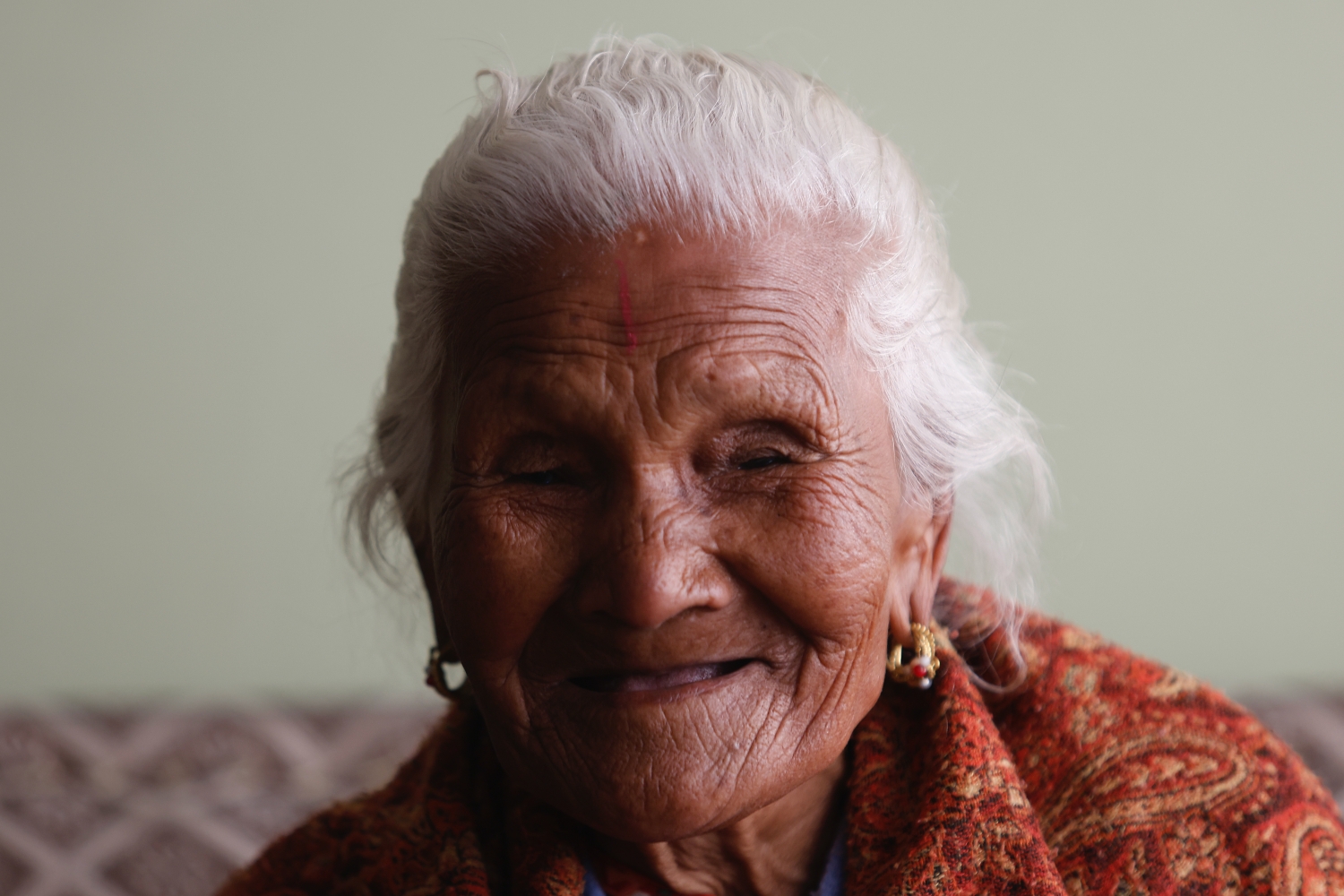
Mana Maya Maharjan starts her day with an hour-long puja, chanting mantra and blessing family members. She ends the day the same way.
Mana Maya’s wizened face bears testimony to a long and full life during which she has witnessed many ups and downs. But the most striking memory is still of the Great Earthquake of 1934 that killed over 8,519 people across Nepal.
“It was the day after Gya Chaku Sanlu,” recalls Man Maya, who was 14 years old then. “I heard shouts from all around. The ground started shaking violently. I don’t know if I walked or fell out of the house.”
She leaned on the wall which now is the Madan Smarak School in Pulchok. Her father was out in the fields, and he told the family later that the ground opened up and closed several times. He himself was nearly swallowed by one of these fissures.
“A lot of people died, many people were trapped. Houses collapsed,” says Mana Maya, relating how her family and neighbours stayed outdoors for weeks afterwards.
Read also: Building back better (and quicker), Shrijan Bahadur Malla
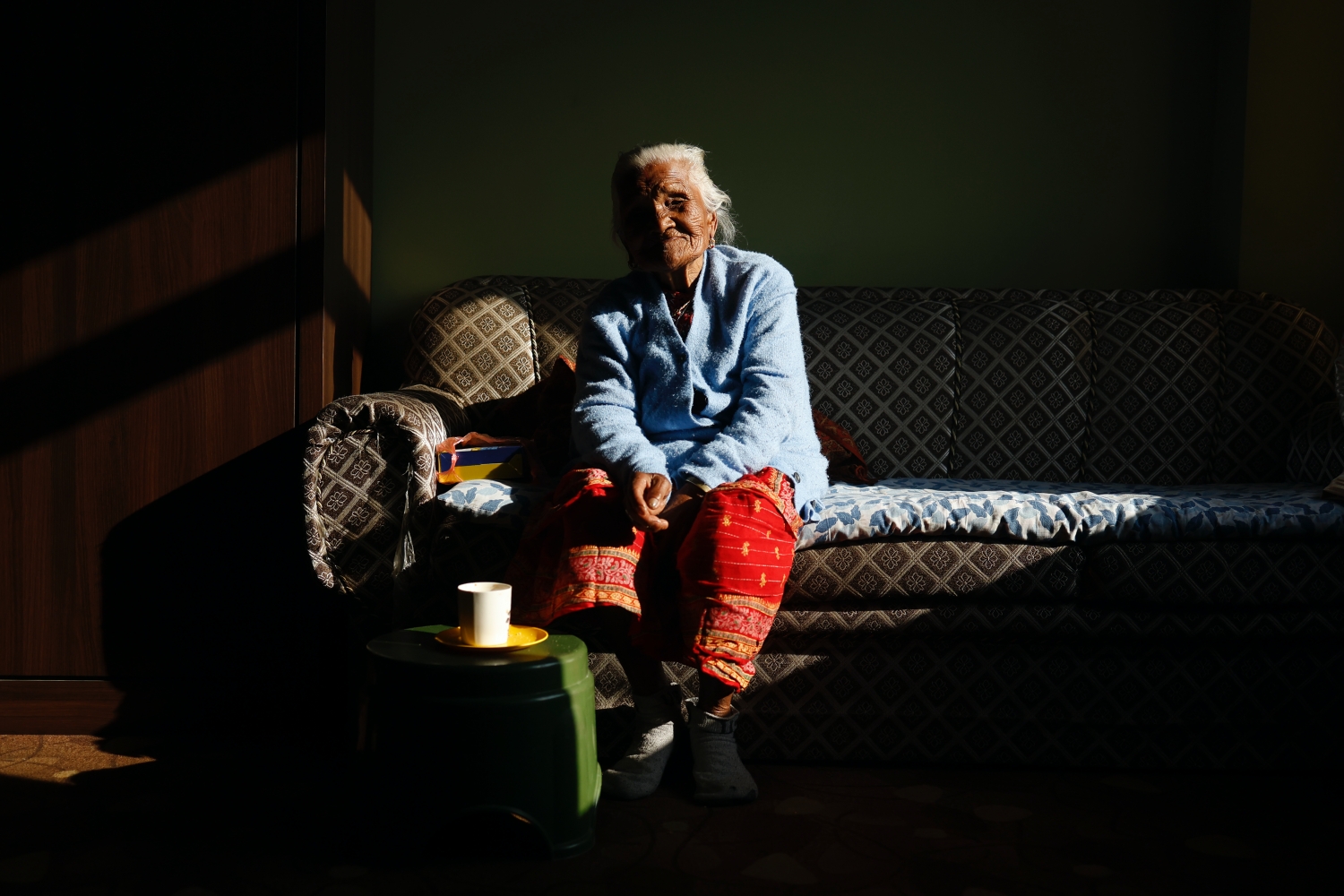
The Rana regime distributed money for reconstruction, but her family did not take it because they thought it was a loan and they had no way of paying it back.
Seven years later at 20, she got married and had three sons and three daughters. She now has nine grandchildren and four great-grandchildren. Her oldest and youngest sons have died, while the youngest daughter is settled in the United States. Mana Maya’s husband died 46 years ago.
She was reminded of the 1934 quake in 2015 when Kathmandu shook again. But she knew it was not as strong as the big one.
Man Maya has had four janku, the Newa ceremony that celebrates long life because in those days most people died young. After four janku, the elderly attain the status of divinity.
“I’ve never had to visit a hospital in my life until a few months ago,” says Mana Maya who was living by herself until four years ago, cooking and going about her daily lives. “Even the doctor told me he has never met someone who has had four jankus!”
Read also: 90 years after ’90, Sonia Awale
Asta Maya Bajracharya, 102
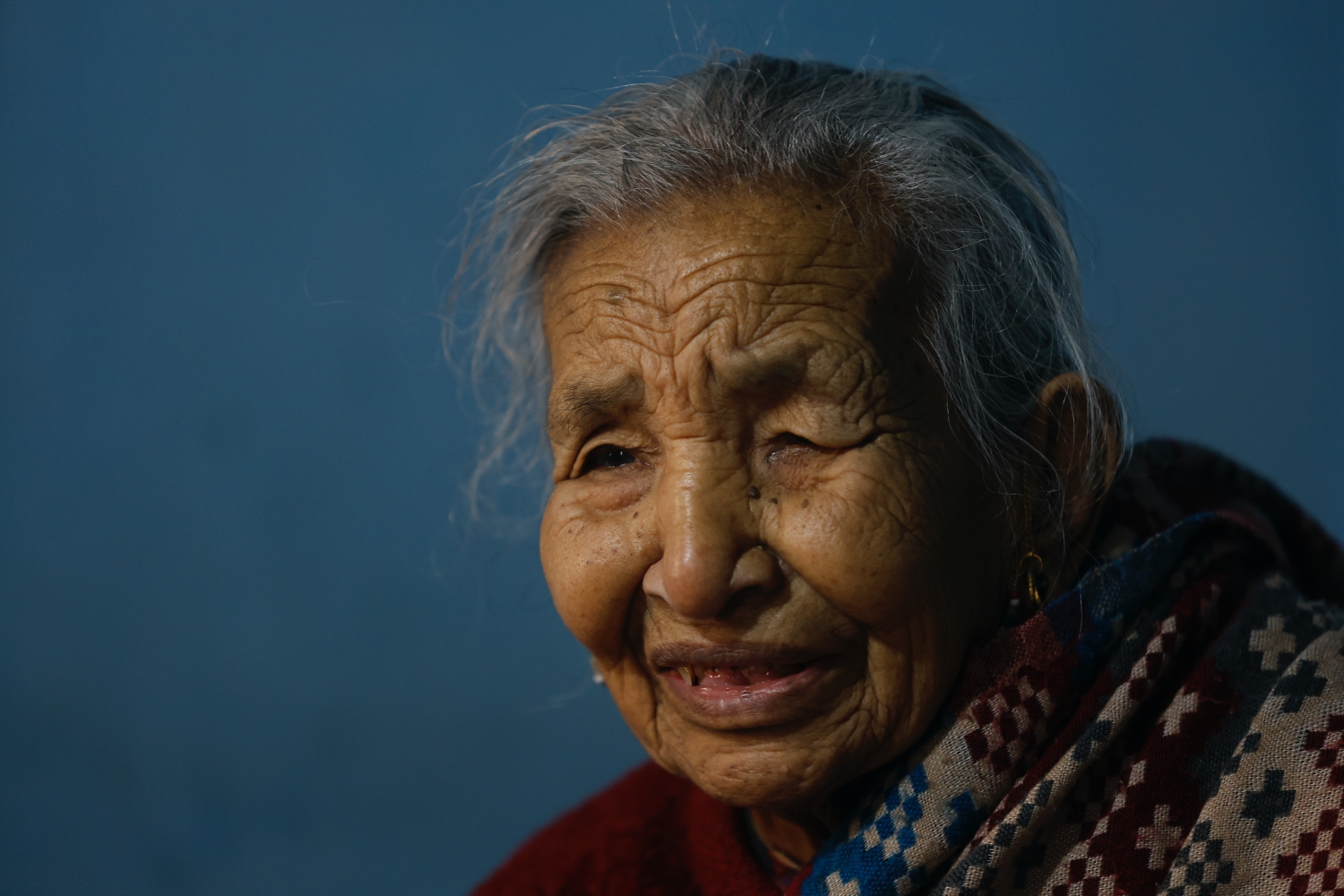
One month before the 1934 earthquake, people were saying they heard a lion roar. They said it was a bad omen. This is Asta Maya’s earliest memory of the 1934 earthquake.
She was playing with her friends in front of her house in Patan when crows and pigeons started flying about and then the ground lifted everyone up and threw them around.
“Soon, the houses started tumbling down all around us,” recalls Asta Maya whose little brother, mother and older sister were buried under the rubble of their house. Her father, who was a priest attending a puja ceremony, came back running, one shoe missing, when he heard the news. Asta Maya remembers even the small details.
“He started digging right away with his bare hands, but it was too late for my six-year-old brother. He had no injuries we could see on him but he didn’t live,” says Asta Maya who was the youngest among the daughters.
Read also: Jajarkot survivors show collective resilience, Durga Rana Magar
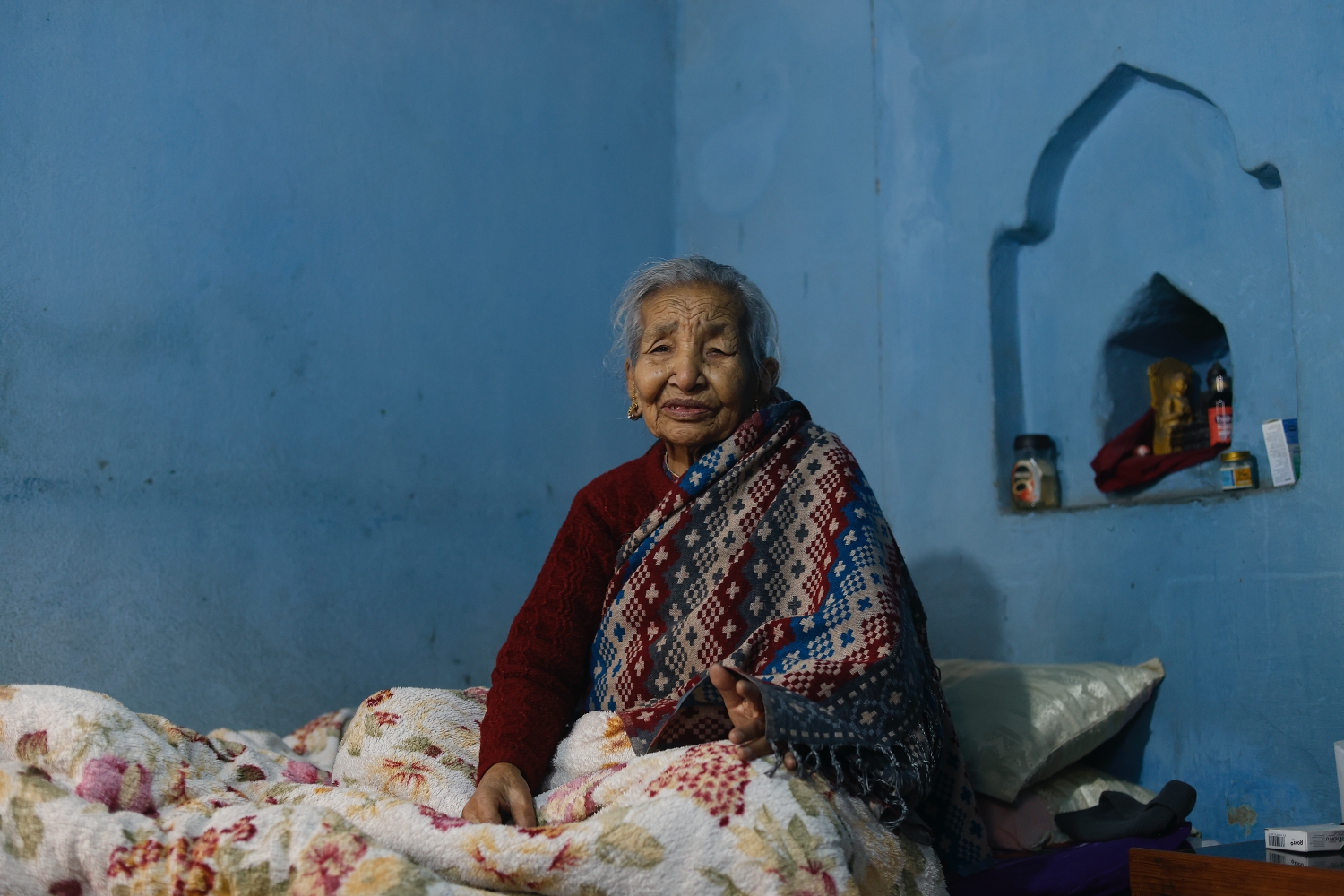
At 18, Asta Maya was married off and bore 13 children in all, but only seven survived to adulthood: three daughters and four sons. She lost her husband 54 years ago, but has two dozen grandchildren, one and a half dozen great-grandchildren and one great-great-grandson.
She also clearly remembers the 2015 earthquake, and running to the courtyard next to Swotha, where a temple had already toppled over.
The family all slept together in one ground floor room but Asta Maya, having lived through 1934, was not as scared.
“I was healthy and strong until Dasain-Tihar festival this year,” quips Asta Maya who went into shock earlier this year when a 23-year-old grandson died in an accident.
Read also: Shaking things up, Editorial
Sanu Nani Bista, 97
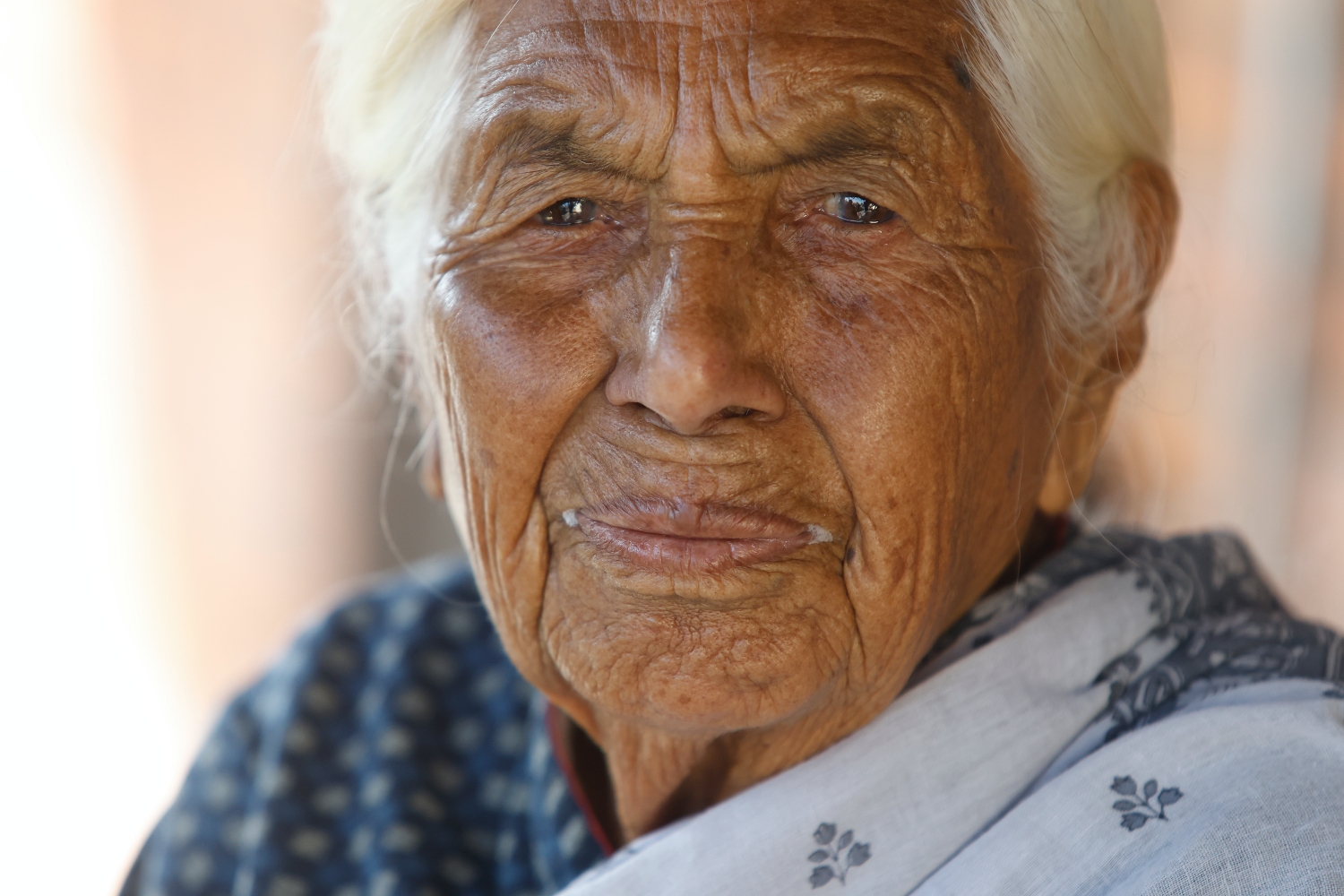
Although she is not a Newa Sanu Nani speaks Nepal Bhasa fluently: “Ji nyara uble, boni manmaru, mhiti jakke ya,” she exclaims. “I was five then when the earthquake struck, I didn’t like studying, only liked playing.”
She grew up in Dhalache near Sundhara at her mother’s Newari household. It was here she experienced the earthquake 90 years ago.
“I remember lifting my trousers to run with my friends as the ground shook and the houses fell,” recalls Sanu Nani, who was seven then.
Her mother was buried under the collapsed house of a neighbour, while her father was away at his job in Singha Darbar. She pleaded with soldiers to help find her mother.
Read also: In a disastrous state, Sonia Awale
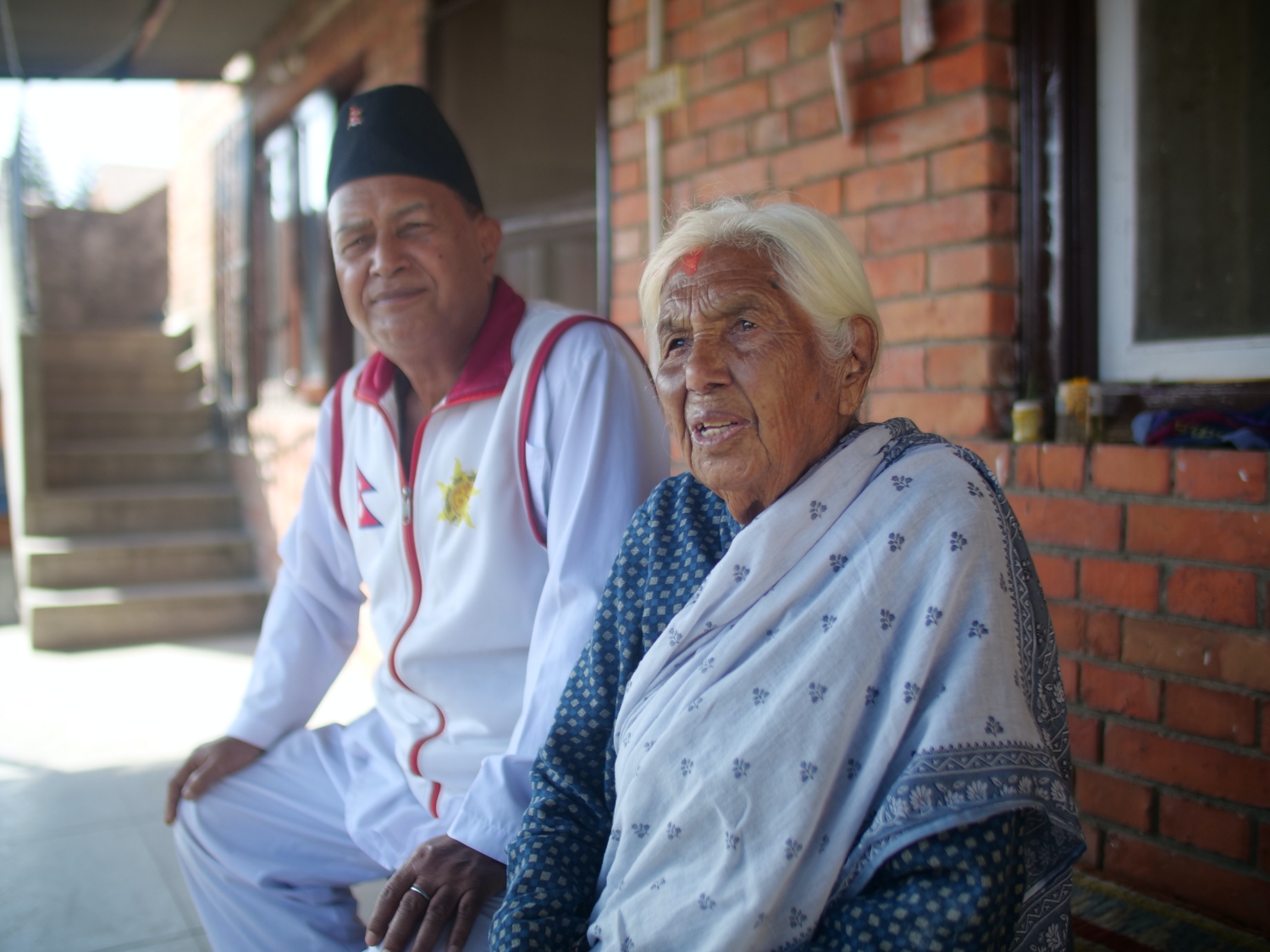
They managed to dig enough to uncover her face and when Sanu Nani identified her, they left the rest of her family because soldiers had more people to dig out. Her mother was injured and bloodied all over, and had to be taken to the hospital but she recovered.
Half of the family house was destroyed, but they managed to rebuild. One of the family members got Rs100 for reconstruction and bought 0.5 hectares in the Patan suburbs. But when the Rana regime came to collect what they borrowed, they were not able to pay back and were jailed. They were eventually let go and pardoned.
Sanu Nani was married at 14 and gave birth to three sons. Her husband and the oldest son have both died. She has four grandchildren and three great-grandchildren.
At 97, she is still very much active and goes to the neighbourhood Ganesh temple every day, and keeps herself busy in her garden.
Read also: Kathmandu’s temple restoration after 1934 quake, Nepali Times
Sukucha Mahajan, 100
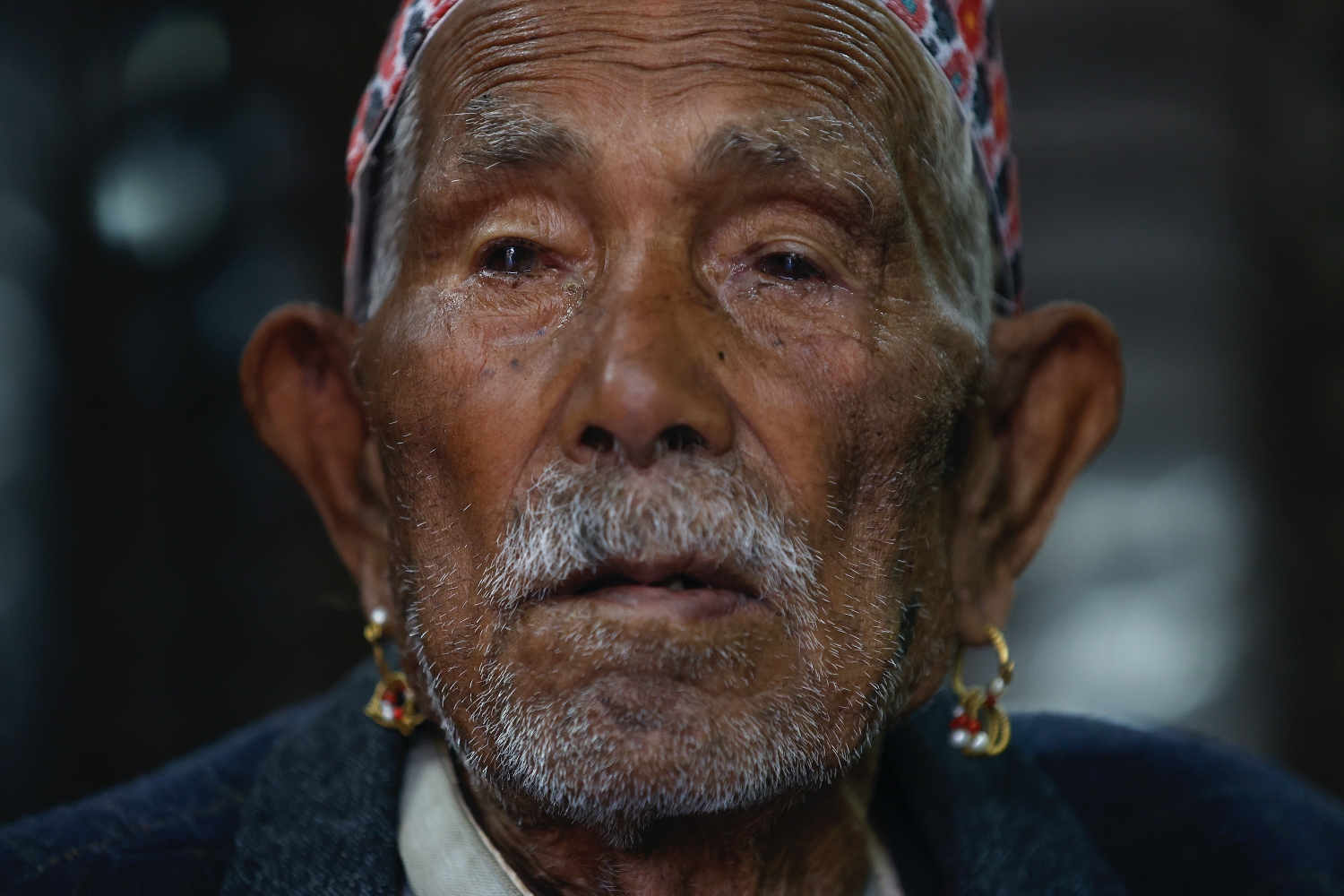
“I was 10 and was visiting my mother’s maternal home,” says Sukucha of the 1934 earthquake with his eyes tightly shut. “All of a sudden we felt a shaking which got more intense and dust rose up to the sky.”
Sukucha was a farmer all his life. He lost his wife several years ago, and because they were childless adopted a sister’s orphan
“I’m the oldest but the gods have kept me alive still, I don't know why,” says soon-to-be 101-year-old Sukucha who is slender in build as his name suggests, which literally means ‘thin'.
He breaks out into an old Nepali song as neighbours in their Gabahal residence this week tell us he likes his music and dance.
“I used to sing and dance so much when I was younger,” adds Sukucha who now has a hard time moving even with a walking stick but does not like people helping him either.
Read also: Lessons still not learnt, Editorial
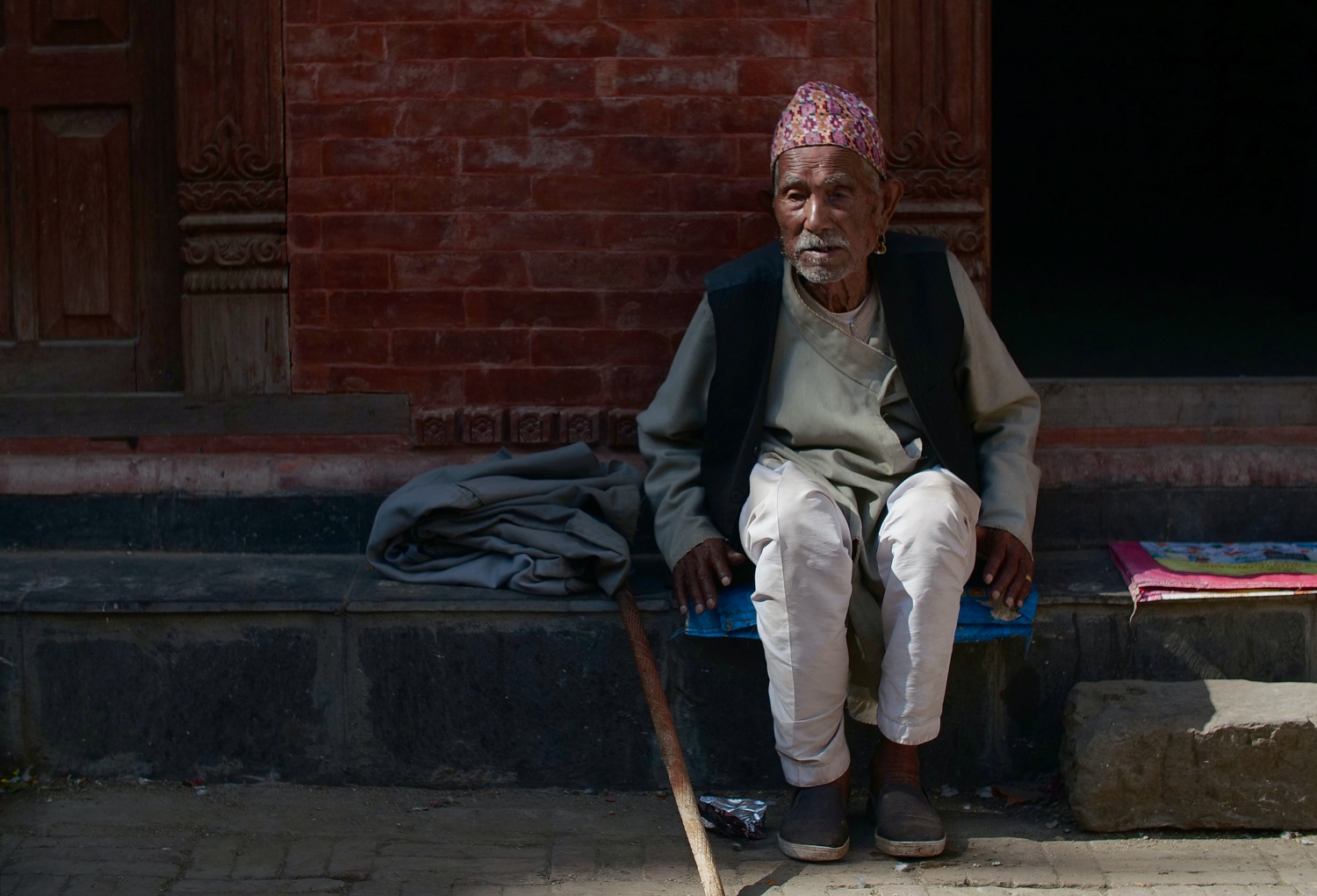
Says Sukucha’s 59-year-old nephew: “My parents died early on, he raised me when I was young and it’s like now I’m raising him. He is not an uncle to me but my father.”
After the 2015 earthquake, the family of nine had spread out in the tent in the courtyard along with neighbours but Sukucha did not join them because he said he was not scared.
Sukucha, despite his frail form, circumambulates the shrines in his courtyard. Then he has breakfast with a shot of aila, the Newa rice spirit. He takes the alcohol three times a day, but never on an empty stomach.
He has no chronic ailments and in his last medical check-up assisted by the community, he got a clean chit once again, as he always has for he past 100 years.
Read also: Rebuilding Kathmandu after the 1934 quake, Alina Bajracharya
writer
Sonia Awale is Executive Editor of Nepali Times where she also serves as the health, science and environment correspondent. She has extensively covered the climate crisis, disaster preparedness, development and public health -- looking at their political and economic interlinkages. Sonia is a graduate of public health, and has a master’s degree in journalism from the University of Hong Kong.
